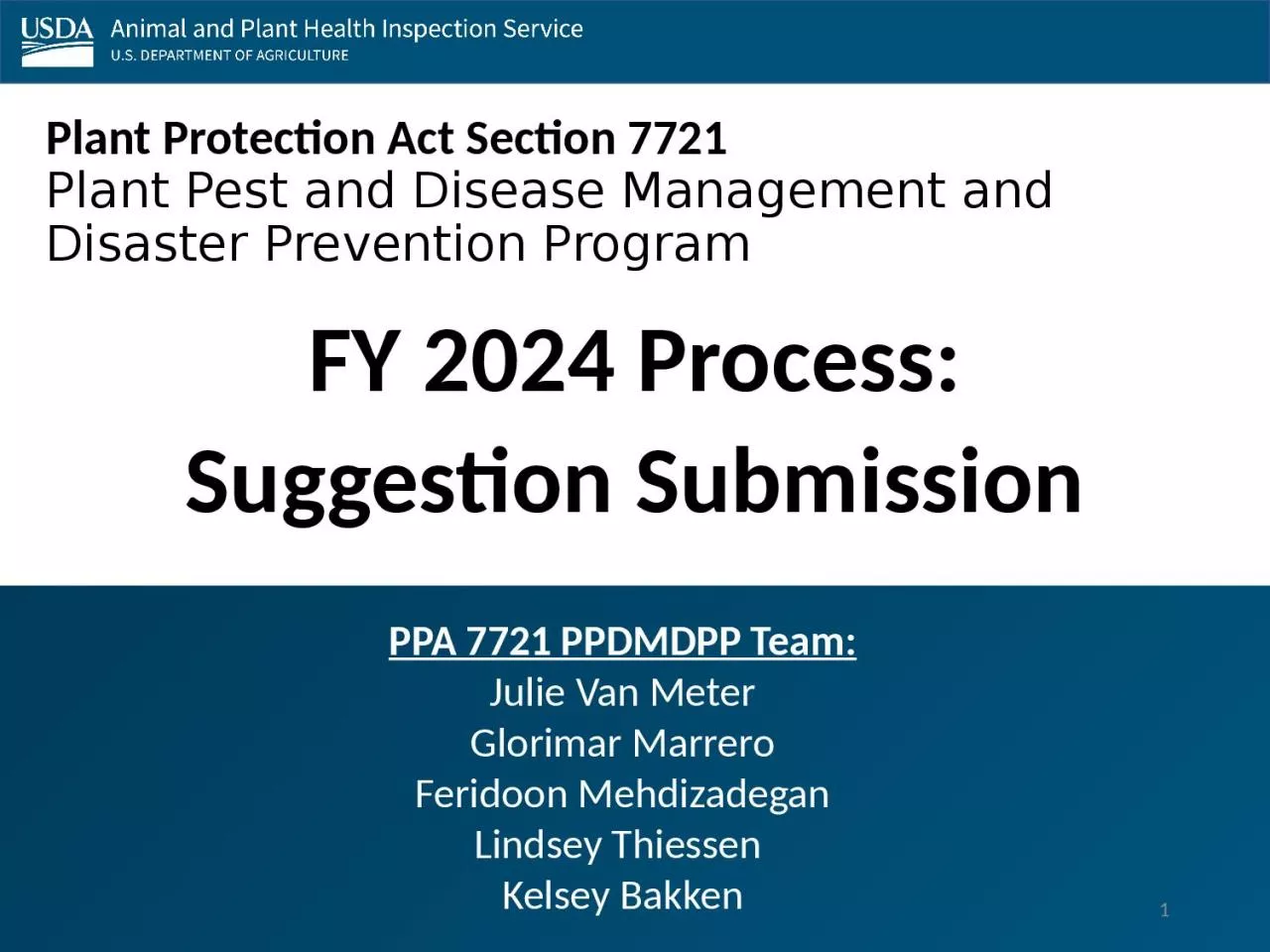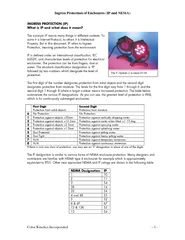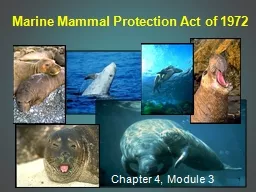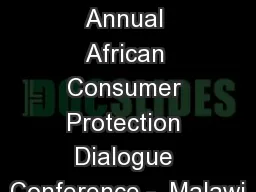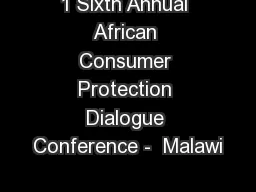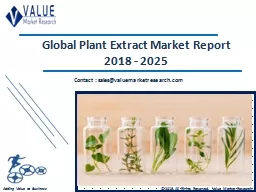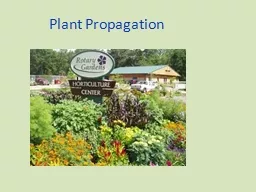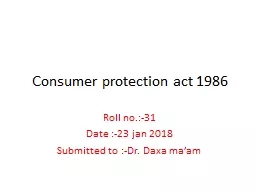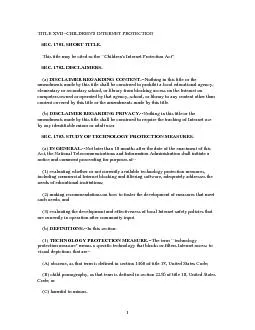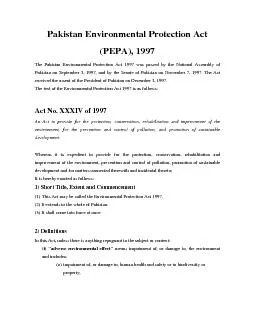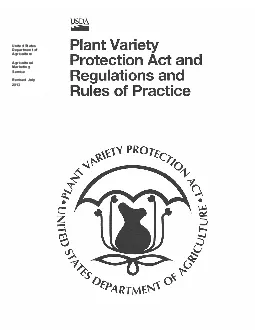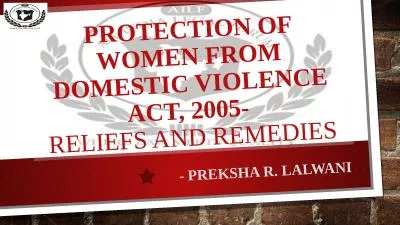PPT-Plant Protection Act Section 7721
Author : berey | Published Date : 2024-03-15
Plant Pest and Disease Management and Disaster Prevention Program FY 2024 Process Suggestion Submission PPA 7721 PPDMDPP Team Julie Van Meter Glorimar Marrero Feridoon
Presentation Embed Code
Download Presentation
Download Presentation The PPT/PDF document "Plant Protection Act Section 7721" is the property of its rightful owner. Permission is granted to download and print the materials on this website for personal, non-commercial use only, and to display it on your personal computer provided you do not modify the materials and that you retain all copyright notices contained in the materials. By downloading content from our website, you accept the terms of this agreement.
Plant Protection Act Section 7721: Transcript
Download Rules Of Document
"Plant Protection Act Section 7721"The content belongs to its owner. You may download and print it for personal use, without modification, and keep all copyright notices. By downloading, you agree to these terms.
Related Documents

